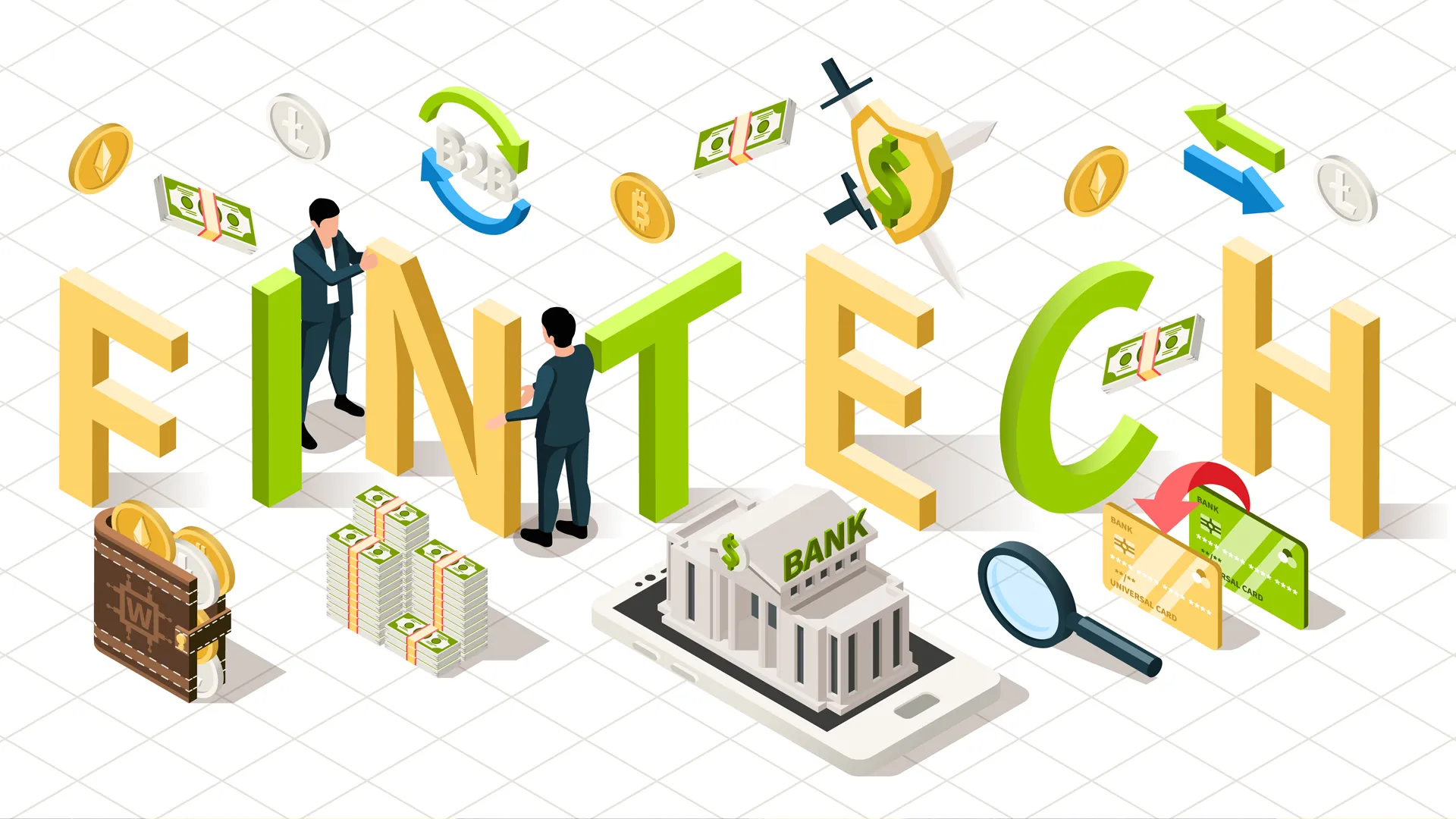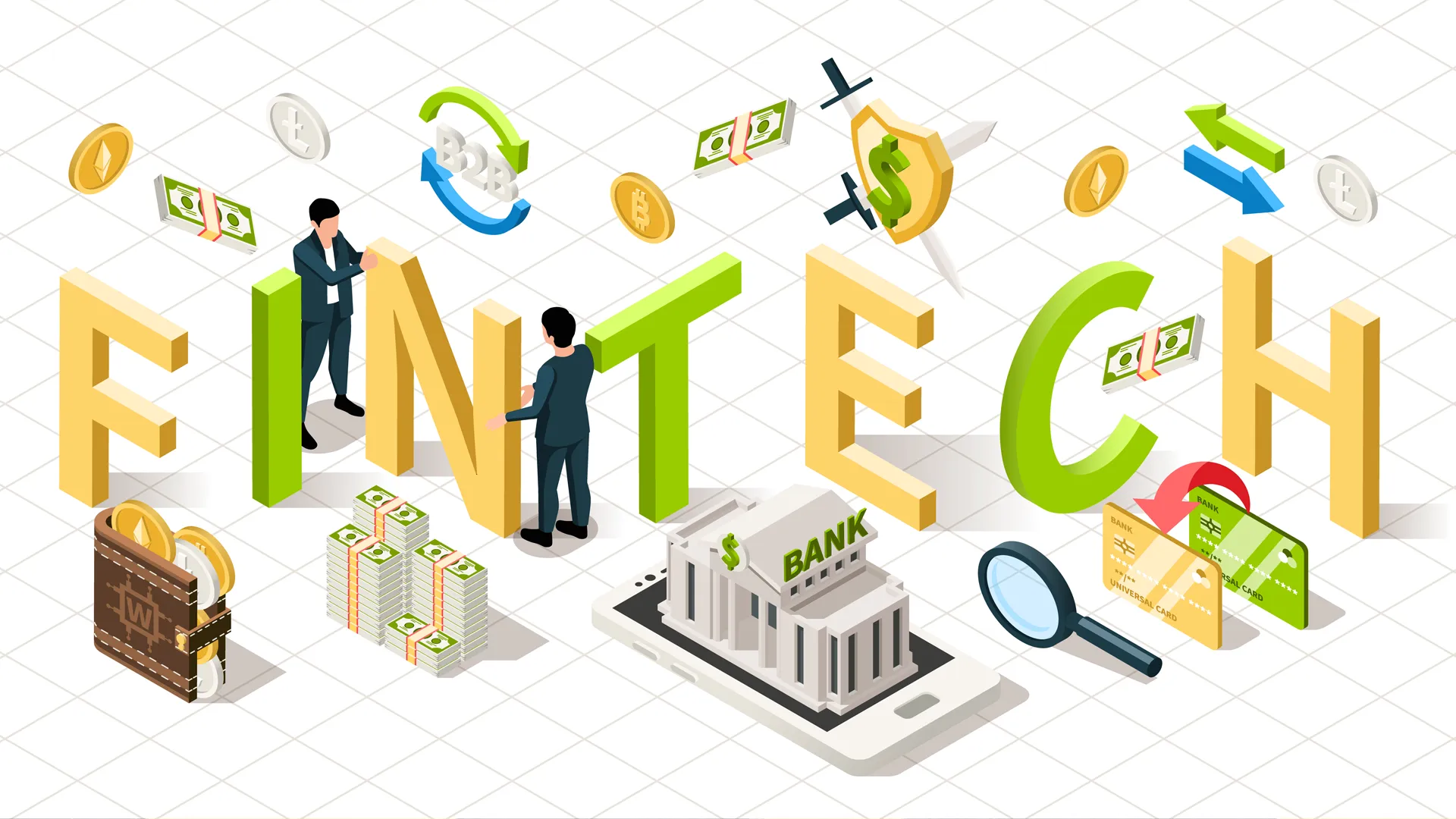Handling Charge-backs in Nigeria (a guide for merchants)
What Is a Chargeback?
Ever experienced a situation where you perform a transaction but don’t receive value for it? You get a bit anxious and all you can think of is how to get your money back. What you should do however is to request a chargeback.This is where you are probably wondering what a chargeback is. Simply put, a chargeback is a reversal of funds after a customer has disputed a transaction with their bank.
In this post, we’ll look at how chargebacks function, where they came from, and how they’ve evolved through time. Let’s dive in!
A chargeback, also called a payment dispute, is a reversal of funds after a customer has issued a dispute on a credit or debit card transaction with their bank. After the customer has filed a dispute with their bank, the bank initiates the chargeback process, holding the disputed transaction funds until it determines what to do with them. If the bank rules in favor of the customer, the funds are returned to them from the merchant’s account or business bank account. If the bank rules in favor of the business, the disputed funds are returned to the customer’s account.
Where did chargebacks originate?
The concept of a chargeback was created as far back as 1974 by the Fair Credit Billing Act, as a consumer-protection mechanism against fraudulent charges. The idea was to increase trust in the credit card system while discouraging retailers from engaging in fraud.
How does a chargeback work?
Now that you know what a chargeback is and the reason for it’s initiation, let’s walk you through the process of requesting a chargeback from start to finish, using the following key terms:
Purchase: A purchase is made from your business using a credit or debit card.
Processing: The transaction is processed, and you receive the funds from your payment processing company. However, in some cases, processing errors can occur resulting in a failed transaction (the customer is charged without receiving value for it).
Customer disputes the charge: The customer sees the transaction and files a chargeback with their credit or debit card issuers’ banks.
Chargeback process begins: The issuing bank (i.e., the bank that issued the credit or debit card) initiates the chargeback process.
Merchant can refute the chargeback: Next, the issuing bank reaches out to the merchant bank and asks for any documentation to refute the chargeback. If the merchant bank does not respond to the chargeback notification, the issuing bank typically grants the dispute to the customer and pulls the funds from the merchant account, returning them to the customer.
Issuing bank decides: On the other hand, if documentation is provided to dispute the chargeback, the issuing bank then must evaluate the evidence and make a decision about whether or not the chargeback is valid.
Funds are returned to the customer: Again, if the issuing bank sides with the customer, it’ll take the funds from the merchant’s account and credit the customer. Or — the customer must pay or start arbitration: If the bank sides with the merchant, the customer is contacted and then he/she must pay for the charge or opt to enter an arbitration process. With arbitration, the chargeback dispute is taken to the credit or debit card company (Visa, MasterCard, American Express, etc.) and it reviews the incident and issues a final decision on the matter.
A chargeback, also called a payment dispute, is a reversal of funds after a customer has issued a dispute on a credit or debit card transaction with their bank.
What is a failed transaction- dispense error?
We’re sure the phrases “failed transaction” or “dispense error” don’t sit well with you, but they can plague us even on our finest days. A failed transaction or dispense error is a situation where you are debited for a declined transaction. This can happen on an ATM, POS, online, or USSD.
How and why failed transaction/dispense error happens
Failed transaction that leads to dispense error usually happens when there is network downtime with either the acquiring bank (the bank that owns the ATM, POS, or online portal), the issuing bank (your own bank i.e., the bank that owns the ATM or accounts you are using to transact), NIBSS, Interswitch or any other payment gateway. It is interesting to know that there are many parties involved in any transaction done and a network glitch from one of them can cause a failed transaction. In this case, even though the transaction failed, money is still deducted from your account.
How long it takes for dispense error to be resolved
It takes 24 to 72 working hours to resolve a dispense error. This is the official time given by banks, as it is during these time periods they will receive a settlement report from NIBSS or any other payment gateway.
Now that you’re aware of all of this, we’re confident you’ll be less agitated if you ever find yourself in a ‘failed transaction’ situation. You may also find more answers in our FAQs or by contacting any of our customer happiness representatives, who are always eager to assist you!






